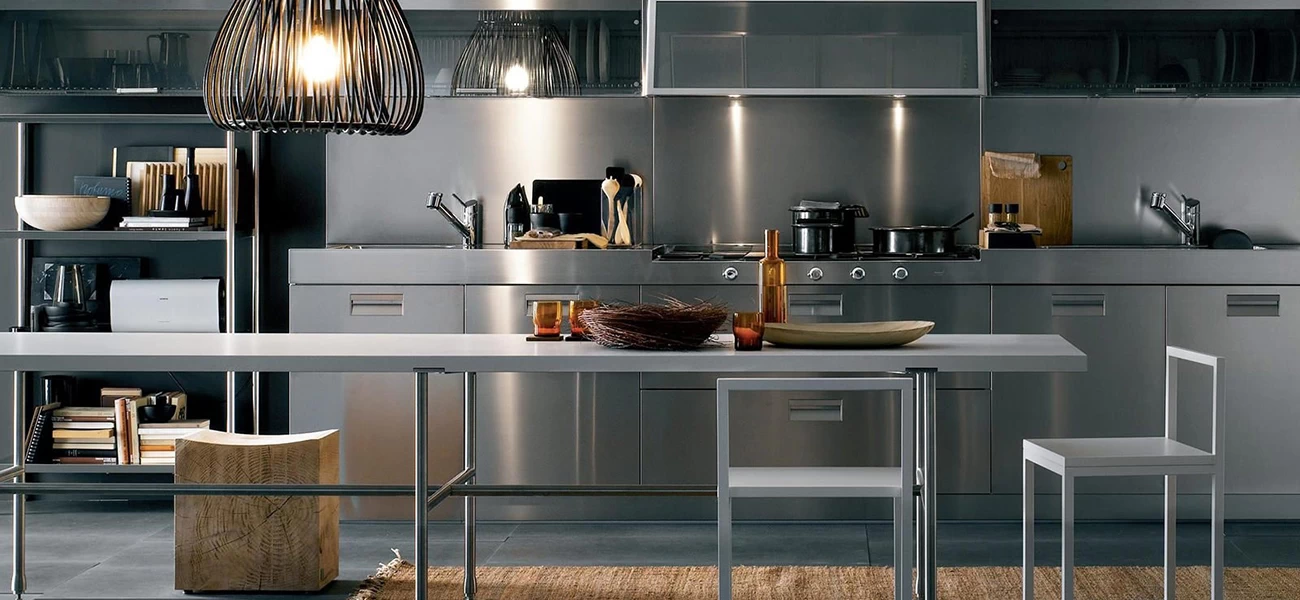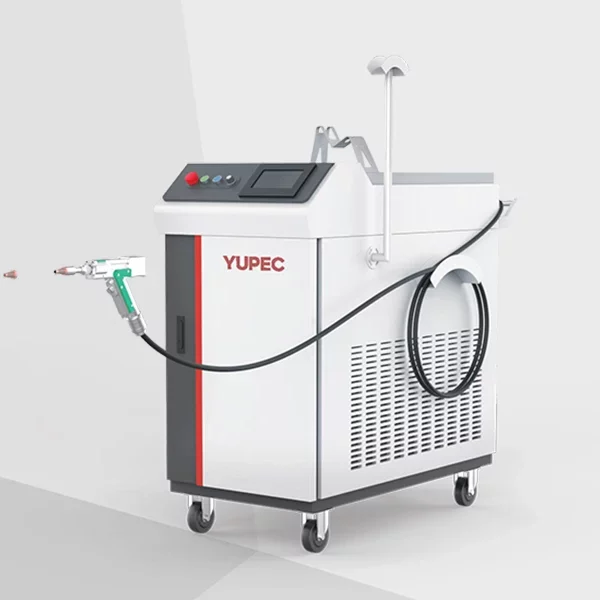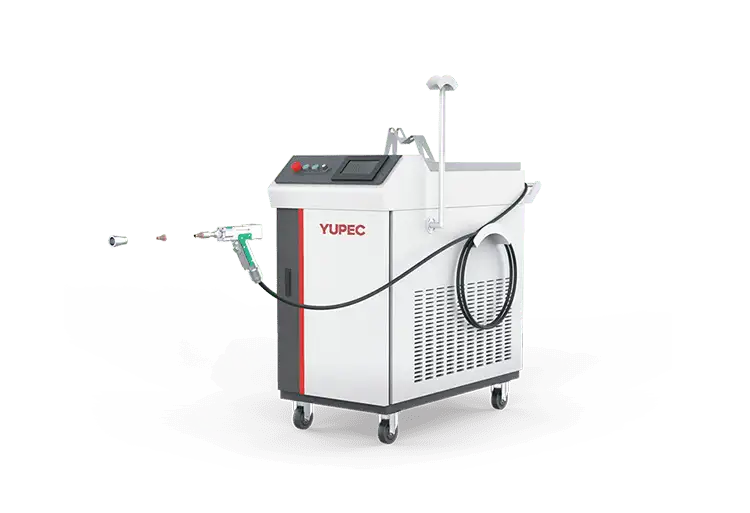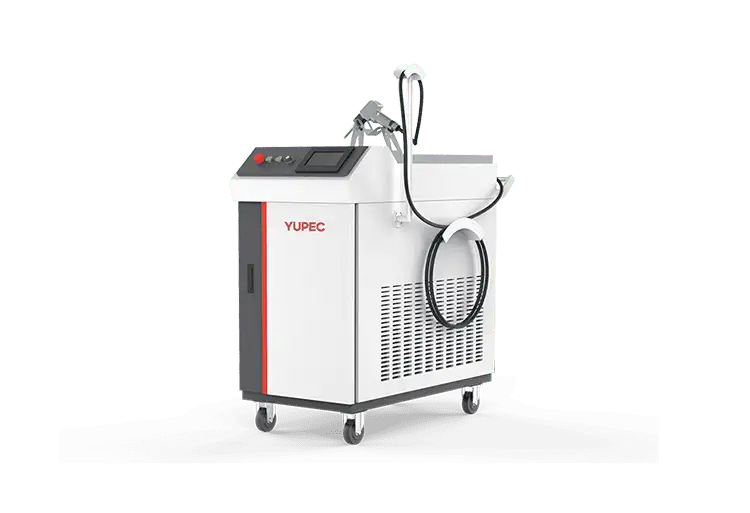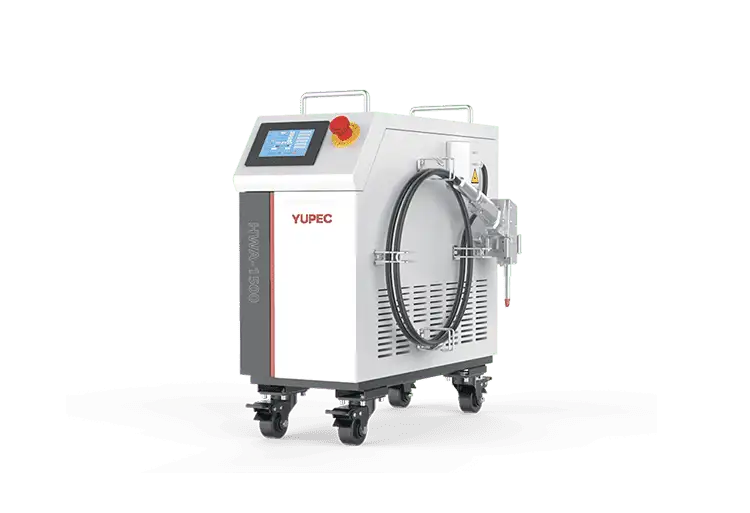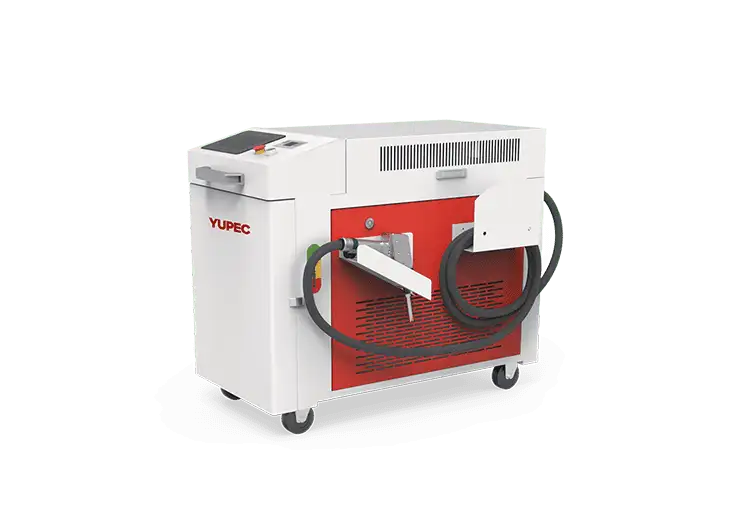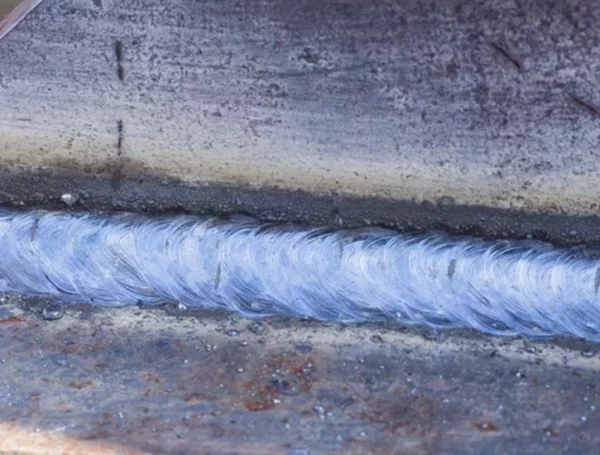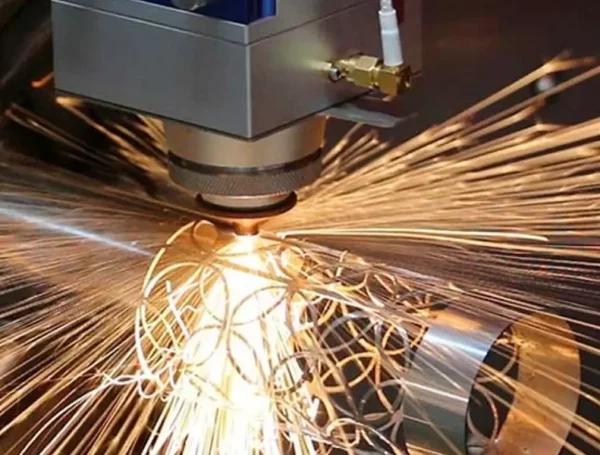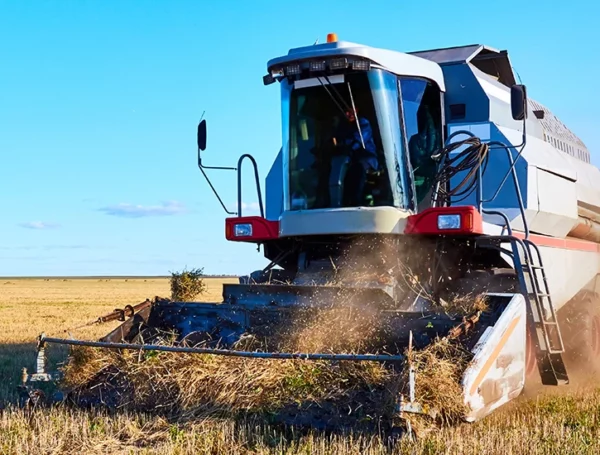Table of Contents
Metal furniture, as a branch of the furniture industry, mainly includes various products such as cabinets, wardrobes, tables, and chairs, including items like filing cabinets, safes, bookshelves, and explosion-proof cabinets. Handheld laser welding technology, as an important innovation in modern welding techniques, is demonstrating significant potential in the field of metal furniture manufacturing. Its high precision, efficient production, and flexible design characteristics bring new production methods and market competitiveness to the metal furniture industry.
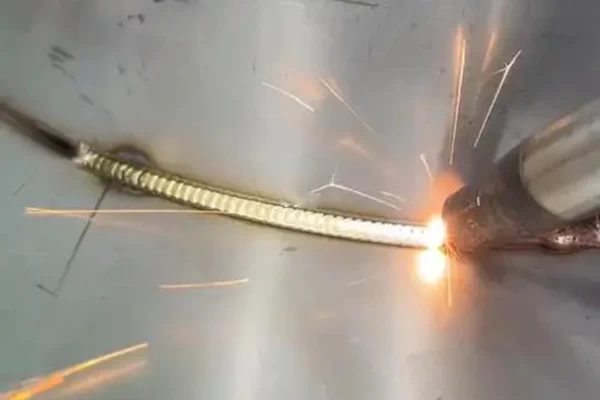
Welding Requirements in the Metal Furniture Industry
As a crucial component of the home furnishing industry, the metal furniture sector has shown rapid development in recent years. Its products are widely used in domestic life and have diverse demands in commercial and office settings. However, with the continuous elevation of market expectations for design and quality, the metal furniture manufacturing industry faces a series of challenges.
Traditional welding methods encounter issues such as insufficient precision and low production efficiency when dealing with the intricate designs and complex structures of metal furniture. Furthermore, the growing demand in the market for personalized and customized products is challenging to meet with traditional manufacturing methods. In this context, the application of handheld laser welding technology injects new vitality into the metal furniture manufacturing industry.
Advantages of Handheld Laser Welders in the Metal Furniture Industry
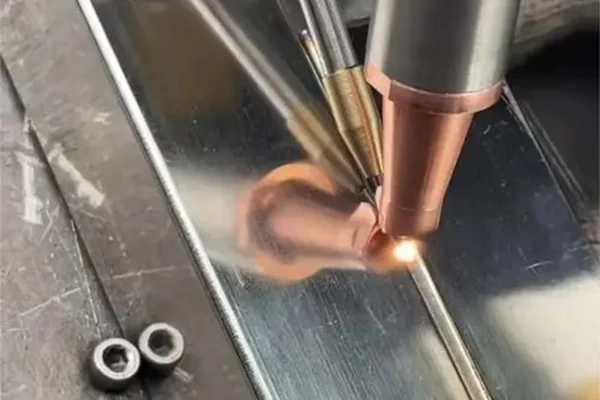
Precision and Stability
Handheld laser welders achieve high-precision control of the welding process through the precise focusing of high-energy lasers. This precision is evident not only in the quality of the welded joints but also in the efficient handling of complex designs and small components. The manufacturing of metal furniture demands a high level of precision, and handheld laser welding technology is an ideal choice to meet this requirement.
Efficient Production and Cost Advantages
Compared to traditional methods, handheld laser welding technology boasts higher welding speed and production efficiency. By reducing production cycles and enhancing work efficiency, manufacturers can introduce new products more quickly while effectively controlling production costs without compromising product quality. This advantage makes the metal furniture manufacturing industry more competitive in the market.
Convenience and Flexibility
Handheld laser welders exhibit outstanding convenience and flexibility in the metal furniture industry, providing manufacturers with more flexible production methods and a higher degree of customization. Handheld laser welders are typically designed to be lightweight and portable, facilitating the movement and transportation of operators. Compared to large traditional welding equipment, handheld laser welders are more easily moved between workspaces and can be conveniently taken to customer sites for maintenance or customization services. This portability removes the limitation of welding operations to the workshop, expanding the production space for metal furniture manufacturing.
Handheld laser welders allow operators to adjust welding parameters according to specific requirements, achieving a high level of customization for metal furniture products. Whether it's custom patterns, structures, or personalized material choices, handheld laser welding technology can meet manufacturers' flexible responses to different customer demands. This enables manufacturers to better meet the growing market demand for personalized consumer products, enhancing competitiveness.Simple Operation
One of the advantages of handheld laser welders in the metal furniture industry is the simplicity of operation. Unlike traditional welding methods, laser welding does not require intricate equipment setup and complex welding procedures. Operators need only grasp basic knowledge of laser welding technology to easily use handheld laser welders for welding tasks. This reduces the technical requirements for operators, allowing individuals without professional welding experience to quickly adapt and improve production efficiency.
The user interface of handheld laser welders is typically designed to be intuitive and simple, equipped with easily understandable control buttons and digital displays. Operators can set welding parameters through simple operational steps, achieving precise control over the welding process. This intuitive design significantly lowers the learning curve for operation, reduces the likelihood of operational errors, and provides metal furniture manufacturing enterprises with a more convenient production tool.Safety and Environmental Friendliness
Handheld laser welders have clear advantages in terms of safety and environmental friendliness. Traditional welding methods often involve open flames, high temperatures, and harmful gases, while laser welding uses a beam of light for welding, eliminating the need for open flames and avoiding the hazards of sparks and heat radiation to operators and the surrounding environment.
Moreover, handheld laser welders are usually equipped with efficient smoke extraction devices and exhaust systems, promptly removing generated welding fumes and exhaust gases to maintain a clean working environment. Compared to the large amount of smoke and dust produced by traditional welding methods, laser welding is more environmentally friendly, helping reduce the impact on workplace air quality.
Laser welding also reduces the generation of waste in the metal furniture manufacturing process. Traditional welding methods may result in material waste due to the excessive melting of metal, while laser welding, with its high precision control, can minimize waste production, aligning with modern manufacturing's pursuit of resource conservation and environmental friendliness.
Practical Applications of Handheld Laser Welders in Metal Furniture Products
In the metal furniture industry, handheld laser welders, with their highly precise welding technology, provide flexibility and innovation for the manufacturing of various types of metal furniture products. Here are some typical scenarios of the practical applications of handheld laser welders in metal furniture:
Connection of Metal Chair Bases:
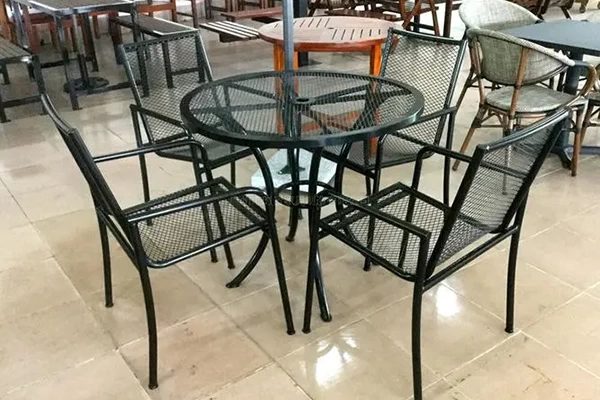
Handheld laser welders are widely used in the production of metal chairs, particularly in the connection of chair bases. Through laser welding, manufacturers can achieve high-precision connections between the metal chair base and support, ensuring the strength of the connection point. Additionally, this method presents a smoother and more aesthetically pleasing appearance. This precise welding approach enhances the stability and lifespan of metal chairs.
Edge Treatment of Metal Tabletops
In the production of metal tables and chairs, handheld laser welders are commonly used for the edge treatment of metal tabletops. Through laser welding, manufacturers can achieve highly detailed processing of the edges, resulting in a smooth, flawless appearance. This treatment not only improves the overall texture of metal tables and chairs but also reduces the risk of deformation and damage during the edge processing.
Seam Connection of Metal Cabinets
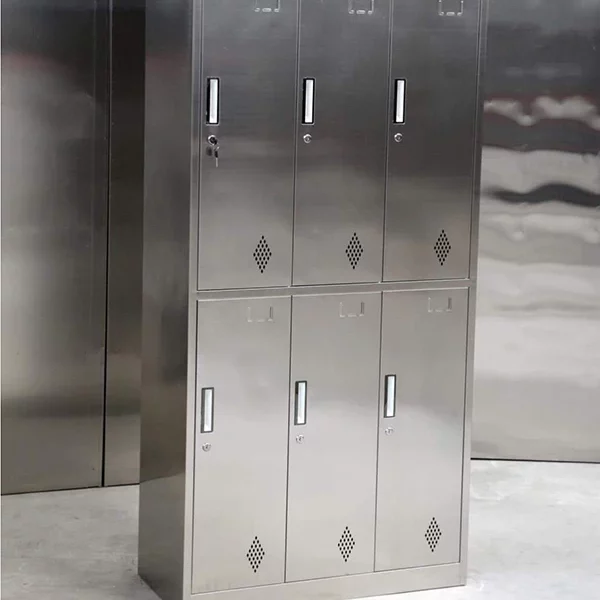
Handheld laser welders are frequently employed in the manufacturing of metal cabinets for seam connections. Through laser welding, manufacturers can achieve high-precision connections of various components of metal cabinets, eliminating issues such as welding slag and weld tumors that may occur with traditional welding methods. This not only improves the visual quality of metal cabinets but also ensures the structural strength of the cabinets
Welding of Metal Bed Frames
Handheld laser welders are widely used in the production of metal bed frames. Through laser welding, manufacturers can achieve high-precision welding of metal bed frames, ensuring the firmness of each connection point and improving the overall stability and durability of the bed frame. This welding method also allows for the incorporation of more complex and unique structural elements into the bed frame design.
Joining of Metal Decorative Items
The application of handheld laser welders in the production of metal decorative items is becoming increasingly popular. Through laser welding, manufacturers can achieve high-precision joining of metal decorative items, creating more delicate and complex artistic effects. This fine welding method allows metal decorative items to better showcase unique textures and shapes, enhancing their artistic appeal.
These practical application cases highlight the diversity and wide applicability of handheld laser welders in the manufacturing of different metal furniture products, bringing advanced and flexible production processes to the metal furniture industry.
Future Trends
The application of handheld laser welders in the manufacturing of metal furniture is entering a stage of rapid development and continuous evolution. Here are potential future trends for handheld laser welders in the field of metal furniture:
Integration of Automation and Intelligence:
In the future, handheld laser welders are expected to be more deeply integrated into automated and intelligent systems. By incorporating advanced sensing technology and artificial intelligence algorithms, handheld laser welders can achieve more intelligent welding processes, including real-time monitoring of welding quality, automatic adjustment of welding parameters, and other functions. This will enhance production efficiency, reduce operator intervention, and ensure the consistency of welding quality.
Wider Applicability of Materials:
In the future, handheld laser welders are expected to gradually expand their applicability to different metal materials, including aluminum alloys, special metals, and more. Through technological innovation and material research and development, handheld laser welders will be able to handle a broader range of metal types, meeting the diverse material demands of designers and manufacturers and providing greater creative space for the design of metal furniture.
Improvement of Fine Welding Technology:
The welding technology of handheld laser welders is expected to further improve in the future, achieving higher welding precision. By improving the focusing technology of laser beams and welding path planning algorithms, handheld laser welders can achieve more detailed welding details, addressing the increasingly complex and delicate requirements of metal furniture design and enhancing the overall quality and aesthetics of products.
Emphasis on Environmental Protection and Sustainability:
Future handheld laser welding technology is expected to place more emphasis on environmental protection and sustainability. By using more environmentally friendly welding materials and reducing energy consumption, handheld laser welders can reduce their impact on the environment during metal furniture manufacturing. This aligns with the modern manufacturing industry’s pursuit of sustainable development and also helps the metal furniture industry better meet consumer demands for eco-friendly products.
Close Integration with Digital Design:
Future handheld laser welders are expected to be more closely integrated into the workflow of digital design and manufacturing. By integrating with computer-aided design (CAD) and other digital design software, handheld laser welders can directly read design files, achieving seamless integration from design to manufacturing. This will further enhance production efficiency and precision in the metal furniture industry.
In summary, the future development trends of handheld laser welders in the field of metal furniture will focus on technological innovation, automation, intelligence, environmental protection, and sustainability. This will contribute to propelling the metal furniture manufacturing industry toward a more efficient, flexible, and sustainable future.
Summary
In general, the application of handheld laser welding technology in the metal furniture manufacturing field not only addresses the limitations of traditional welding methods but also injects new vitality into the industry. This technology, combining high-tech and practicality, brings more possibilities to metal furniture manufacturing and opens a new chapter for the future development of the industry.


